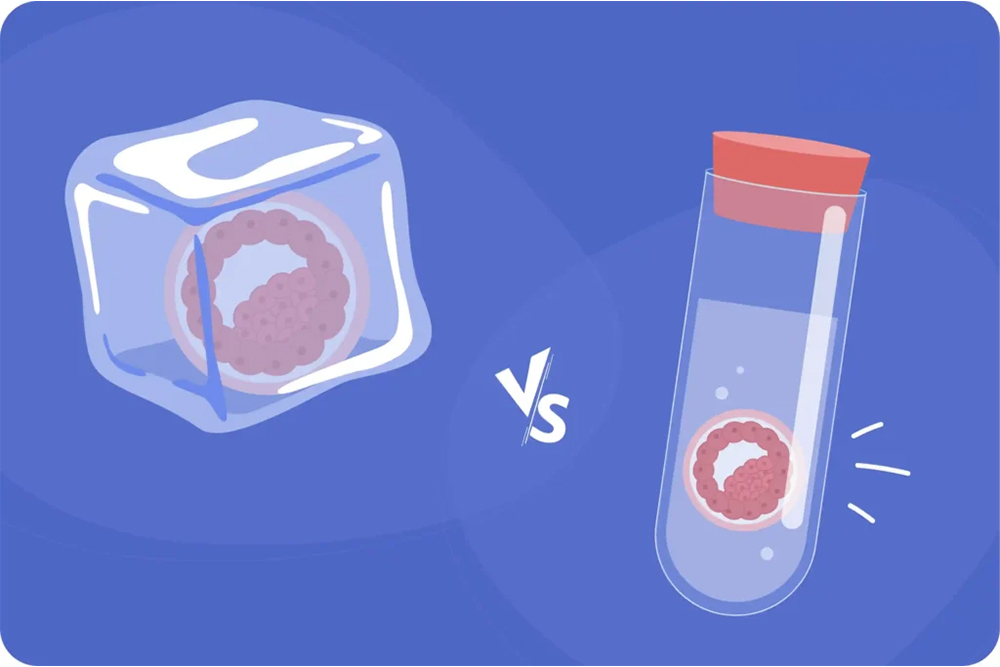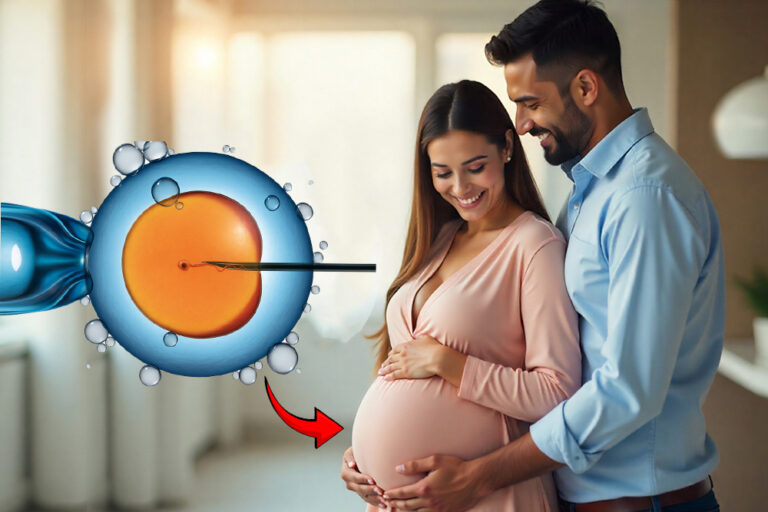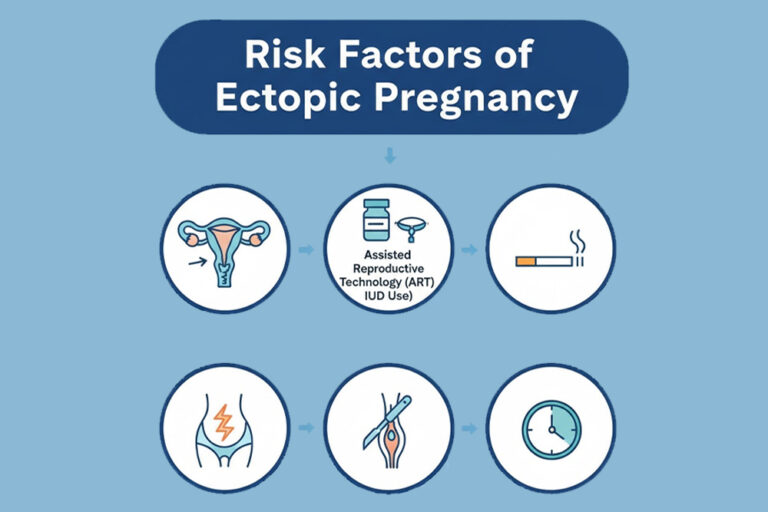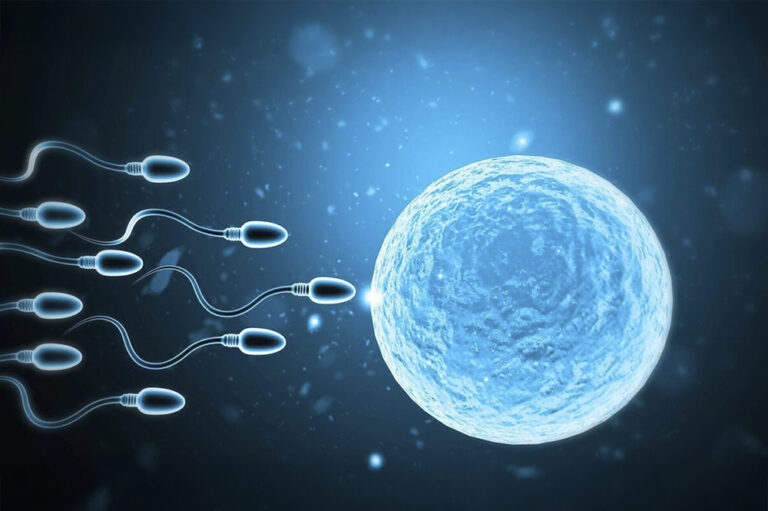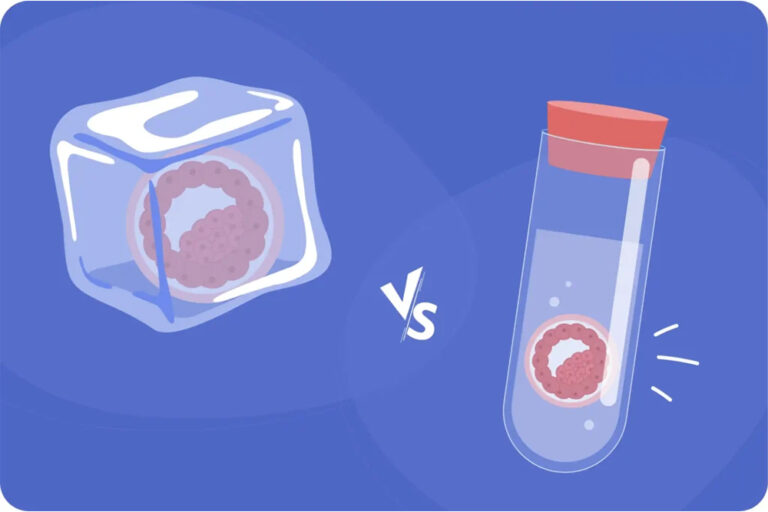In-vitro fertilization (IVF) has come a long way in helping couples achieve their dream of parenthood. One crucial step in IVF is embryo transfer, which can be done using fresh embryos or frozen embryos. Both approaches have their advantages, and the choice often depends on individual medical conditions and treatment plans.
Recently, techniques like Laser Assisted Hatching (LAH) have gained attention for potentially improving implantation rates, especially in certain scenarios. But the question remains: Does LAH work better with fresh or frozen embryo transfers? Let’s explore.
Fresh vs. Frozen Embryo Transfers
Fresh Embryo Transfers
In a fresh embryo transfer, the embryo is transferred to the uterus within a few days of fertilization, usually during the same cycle as egg retrieval.
Advantages:
- No waiting period for freezing and thawing.
- Synchronization with the natural hormonal environment.
- Immediate continuation of the IVF cycle.
Limitations:
- High hormone levels from ovarian stimulation may affect the uterine lining, sometimes reducing implantation chances.
- Not ideal for patients at risk of ovarian hyperstimulation syndrome (OHSS).
Frozen Embryo Transfers
A frozen embryo transfer (FET) involves freezing embryos and transferring them in a subsequent cycle.
Advantages:
- Allows the uterus to recover from stimulation, creating a more receptive endometrium.
- Reduced risk of OHSS.
- Flexibility to select the optimal transfer timing.
Limitations:
- Slightly longer treatment timeline.
- Small risk of embryo damage during freezing and thawing (though modern vitrification minimizes this).
What is Laser Assisted Hatching (LAH)?
Laser Assisted Hatching (LAH) is a technique used to help embryos “hatch” from their protective outer shell (zona pellucida). This process is crucial for implantation in the uterine lining.
Why LAH is considered:
- Thickened zona pellucida, often seen in older women or frozen embryos.
- Repeated IVF failures.
- Poor embryo quality.
- Patients with previous failed implantation despite good-quality embryos.
LAH involves creating a small opening in the zona pellucida using a precise laser, which can improve the embryo’s ability to implant successfully.
Fresh vs. Frozen Embryo Transfers: Where LAH Works Best
1. LAH with Fresh Embryos
- In fresh transfers, the uterine environment may sometimes be less optimal due to hormonal stimulation.
- LAH can help embryos with slightly thicker zona or borderline quality improve their chances of implantation.
- Best for patients with repeated IVF failures using fresh embryos.
2. LAH with Frozen Embryos (FET)
- FET cycles often produce a more receptive uterine lining.
- LAH is particularly useful here because freezing and thawing may harden the zona pellucida, making hatching more difficult.
- Research suggests that LAH with frozen embryos may significantly improve implantation rates, especially in older women or those with previous failed FET cycles.
Key Takeaway:
While LAH can be beneficial in both fresh and frozen transfers, it often shows better results with frozen embryos due to zona hardening caused by the freezing process.
Who Should Consider LAH?
- Women over 35 years of age.
- Couples with repeated IVF failures.
- Embryos with thicker or hardened zona pellucida.
- Patients undergoing frozen embryo transfers.
Note: LAH is a safe procedure when performed by experienced embryologists and is minimally invasive.
Conclusion
Deciding between fresh and frozen embryo transfers depends on multiple factors like age, hormonal levels, and overall reproductive health. Laser Assisted Hatching (LAH) can enhance the chances of implantation in both approaches, but evidence suggests it may be particularly effective with frozen embryo transfers.
If you’ve faced repeated implantation failures, discussing LAH with your fertility specialist can help optimize your IVF journey. With the right combination of embryo transfer method and assisted hatching techniques, many couples achieve their long-awaited success.

